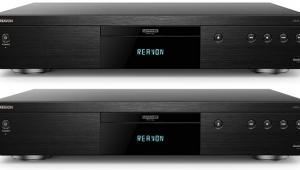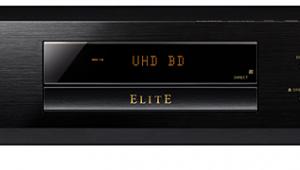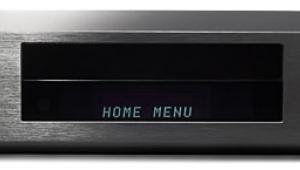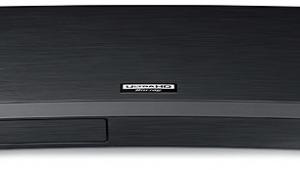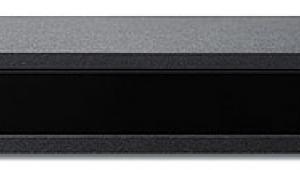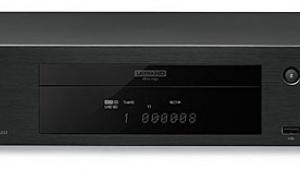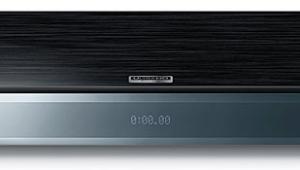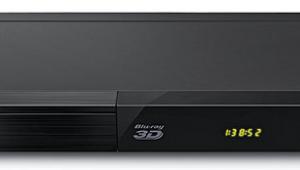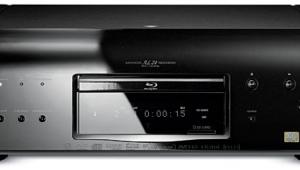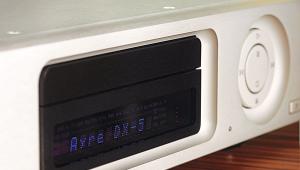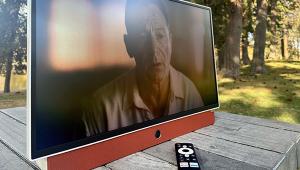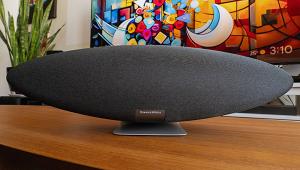Would having a better DAC off set not having HDCD decoding? I really wish Oppo would have put this in the player.
Why do you prefer digital coax over an optical connection for CD's and why not always use the analog outputs so you can you the players DAC ?
Thank You
 The player can, like most, perform all speaker setup functions (distance, size, level) if you use its analog outputs. It also offers a selectable Dynamic Range Compression control that works with both Dolby Digital and DTS material on DVD and Blu-
ray from its analog or video outputs (HDMI, optical, coaxial), even if that material hasn’t been specifically coded for it. To use this control, you must set the audio format to PCM,
not Bitstream.
The player can, like most, perform all speaker setup functions (distance, size, level) if you use its analog outputs. It also offers a selectable Dynamic Range Compression control that works with both Dolby Digital and DTS material on DVD and Blu-
ray from its analog or video outputs (HDMI, optical, coaxial), even if that material hasn’t been specifically coded for it. To use this control, you must set the audio format to PCM,
not Bitstream.




